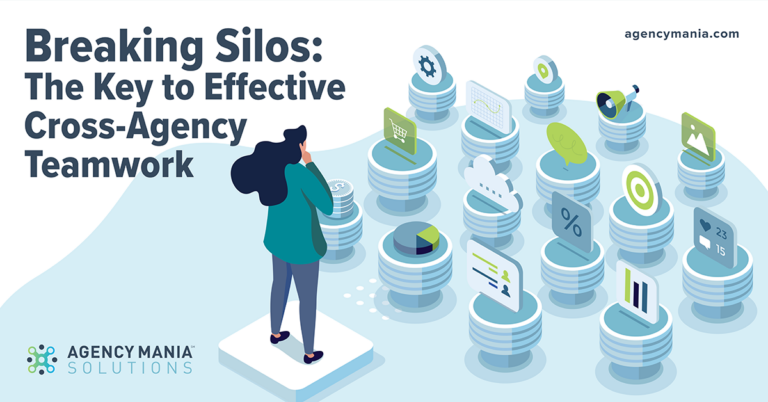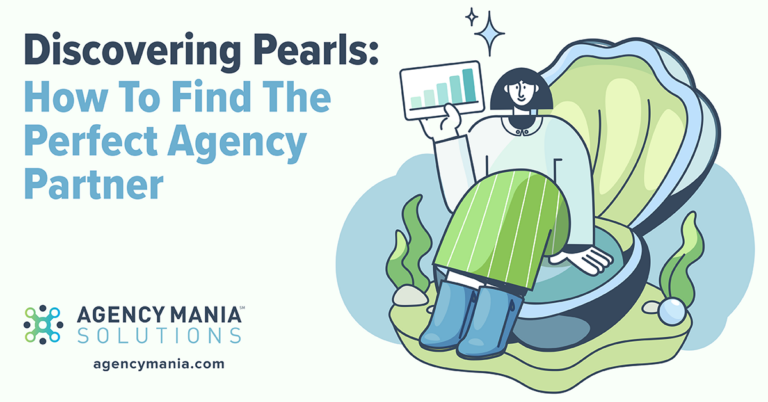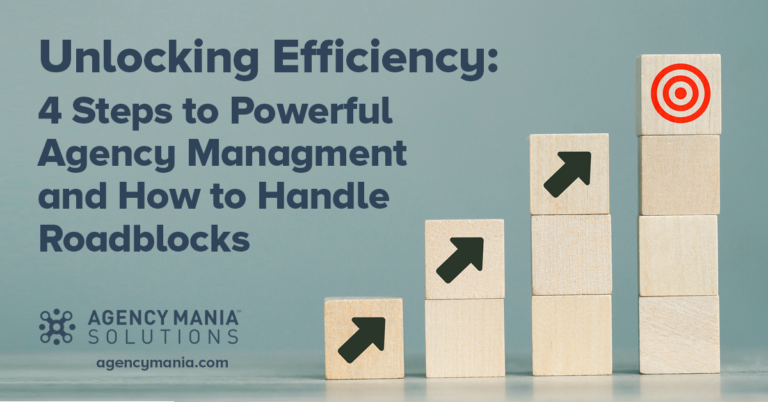Download a print-friendly version here
The Day I Met Elvis the Pig
I met Elvis the pig at the HQ offices of Tyson Foods/Hillshire Brands Company in Chicago. A sign next to the 500-pound bronze statue of a pig explained that it was named by Jimmy Dean, the legendary country singer and founder of the sausage by the same name, in honor of his close personal friend, singer Elvis Presley.
It was Jimmy’s belief that from where Elvis the pig sat, he would keep constant watch upon all who entered the estate. Elvis the pig did just that as I was preparing to speak to a group of marketing executives for the world’s greatest brands about the importance of the role of agency relations in marketing and the state of client/agency relationships across the industry.
Whether agency resources are provided by external partners or in-house departments, they require a disciplined approach. This ranges from designing the right model and finding the best talent (strategy and governance), to setting up and managing these relationships effectively (partnership management), ensuring both client teams and agencies work together to produce amazing work (engagement and delivery), and measuring and driving continued performance (measurement and optimization):
While most companies are well intentioned and some even have dedicated internal resources to handle these important responsibilities to drive better marketing, they often fall short of realizing the full value these agency relationships can provide. The day I met Elvis the pig, I shared five easy steps to turn these relationships into priceless partnerships that deliver remarkable performance:
#1: Walk the talk and turn these relationships into real partnerships
The results of the “Enhancing Client Agency Relationships” 2015 ANA survey research confirmed our assumptions: both clients and agencies agree that the agency is a valued business partner that plays an importance role in the client’s business strategy and is influential in driving results. So if CMOs and their organizations so strongly believe in the importance of these relationships, why do few actually behave that way as evidenced in well-publicized agency reviews? Countless reviews, firing and hiring of new agencies show that brand advertisers are increasingly discontent with their current agency partners and seek to secure better talent and greater value by scouting the marketplace. While keeping our eyes open for new agency talent is a highly recommended practice, clients must also walk the talk and invest time and efforts in maturing these partnerships. Clients must seek more progressive ways to grow and deepen these relationships, set clear goals, promote accountability, encourage the sharing of actionable information and promote collaboration among their roster agencies.
#2: Bridge the gap in compensation and accept that you get what you pay for
Clients and agencies are rarely aligned on what is “fair” in compensation agreements. Agencies rarely feel that they are adequately compensated for the value they bring and the investment they make in a client relationship. On the other hand, clients often feel that they are overpaying or their business is simply taken for granted over time. Brand advertisers must realize that they ultimately get what they pay for: if you want team A at the agency working on your business, you must give it the opportunity to earn a decent profit. Agencies must also realize that the concept of “value” remains highly subjective and clients expect competitive pricing, top talent, full transparency and no sense of entitlement on their business. Trust remains central to most compensation issues. When both parties approach negotiations with absolute transparency, clear expectations and no hidden agenda, the process of closing the compensation gap is much easier and longer lasting.
#3: Improve briefing or set aside enough budget to pay for potential waste
The ANA study confirmed what we knew too well about common client/agency relationship challenges: the large majority of agencies (73%) do not believe clients do a good job at briefing them. The lack of quality briefing practices continues to be a major source of tension, wasted efforts and excessive payments that must be addressed head on. However, despite poor briefing being one of the most common client/agency relationship pain points in regular performance evaluations, most clients (58%) have convinced themselves that they provide clear assignment briefings to agencies. Brand advertisers must acknowledge that briefing is a major roadblock to the efficient handling of agency resources, which ultimately leads to poor execution and inflated budgets. Clients should consider auditing their current briefing practices to determine what improvements are most needed (processes, tools, policies) and put those into action.
#4: Make insights and actions plans that focus on your performance evaluations
According to the same study, one third of agencies do not believe their clients help inspire them to do their best work. As in any partnership, both the client and agency must be committed to providing productive feedback so barriers to success can be removed and both parties can engage most effectively. Although conducting performance evaluations annually or semi-annually provides the opportunity for such dialog to take place, it’s often used as a mere scoring exercise that fails to produce insights about the root causes and the action plans required to successfully address performance issues. Brand advertisers should focus more time on insights and action plans and less on the administrative and time-consuming process associated with self-managed performance evaluations. This is where the value resides.
#5: Simplify the engagement process and improve decision-making
Not unlike briefing, clients and agencies are rarely in agreement about whether or not the client approval process works well. Only 36% of agencies believe it does, while 39% believe it doesn’t. Too many clients or lack of clarity about who approves what, especially in client environments where many stakeholders are involved, gets in the way of getting the type of input agencies need to move the work forward and approved for execution. Brand advertisers must revisit their existing processes to reduce redundancies and complexity, as well as identify decision-rights and ensure the end-to-end process is streamlined to facilitate quick and efficient decision-making.
When clients make the decision to hire top-notch talent and produce high-performing work, they quickly realize that their investment is short-lived without implementing a robust and well-structured agency relations discipline that is solely focused on driving greater value from that investment. They can quickly spot under-performing areas and drive initiatives like the ones suggested above, which will transform these otherwise sub-optimized relationships into productive client/agency partnerships that keep delivering over and over again.








